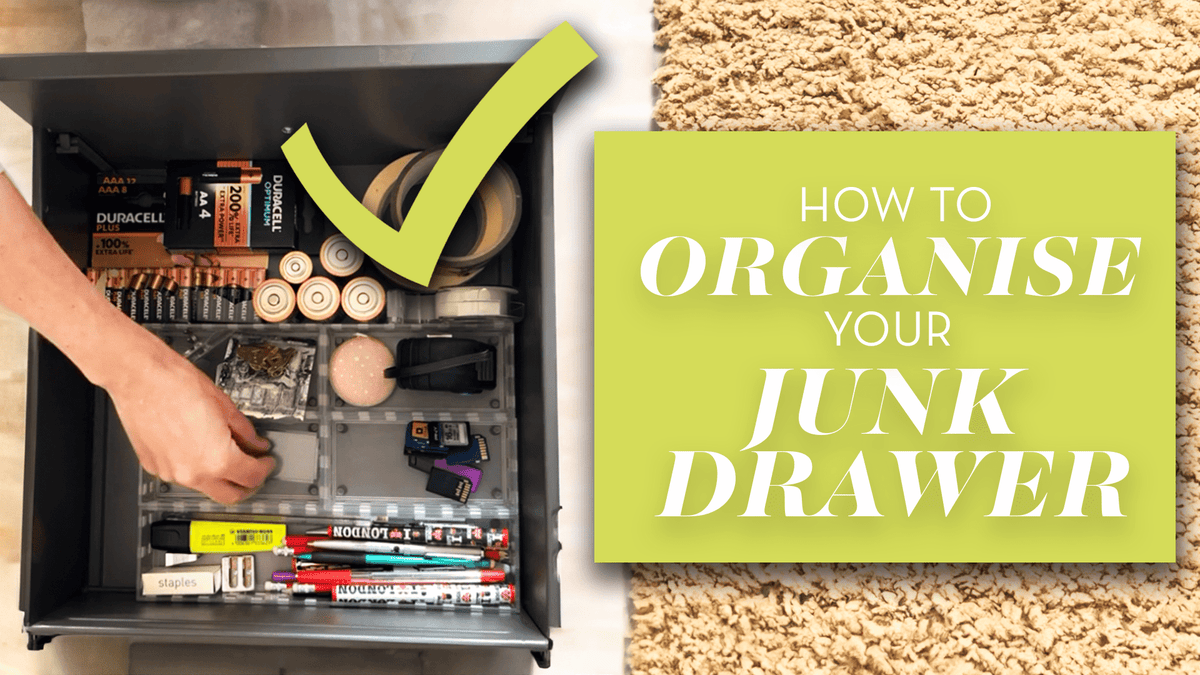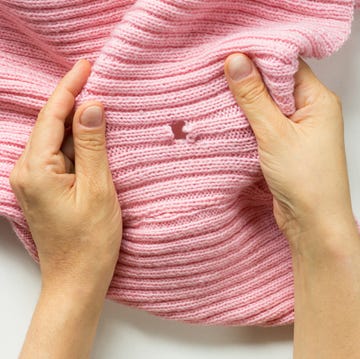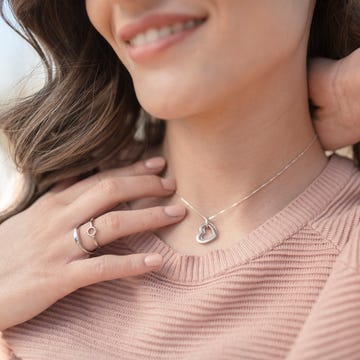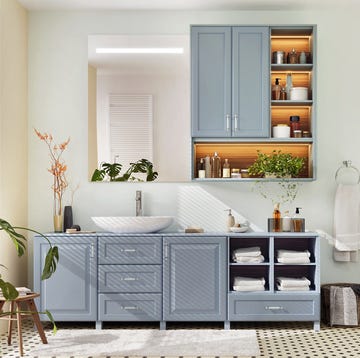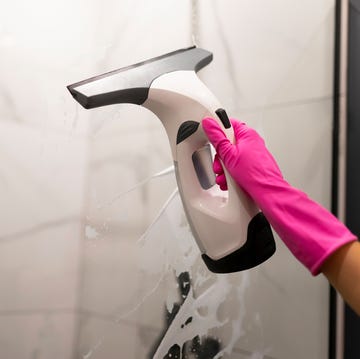The wardrobe is a hotspot for clutter. It’s no surprise when you consider how often new items are added and how rarely things are taken away. In fact, a recent survey by Wren found that most people will only sort through their wardrobe once a year, which leads to almost a fifth (18.5%) of people purchasing new clothes because they’ve forgotten about what’s in there!
According to the same data, the average Brit spends £400 a year on new clothes and shoes, so it stands to reason that by organising your wardrobes and knowing what you’ve stored, there’s significant savings to be made. But where should you start if you’re guilty of this habit? We’ve broken down the best ways to declutter your wardrobe and sort this space so you know what to do.
1. Deal with your floordrobe
If you’re guilty of overstocking your wardrobe, odds are you have a ‘floordrobe’, too. This is where you bung items you’ve worn on the floor at the end of the day when you don’t have the motivation to store them away. It can quickly accumulate until you’re left with a large pile of clothes to deal with. And because they’re all items that have been worn, it can lead to over-washing.
Start by collecting your floordrobe and sorting it by what needs washing and what needs storing. There’s likely nothing here you’ll want to declutter as you’ve recently worn these things, but it’s worth a check. Organise into piles so you know what needs to go where and keep in mind you’ll need to make space for these in your wardrobe.
A cluttered wardrobe encourages your floordrobe because you don’t want to cram your clothes into a small space at the end of the day. So, to fully break your floordrobe habit, you’ll have to make some space in your wardrobe, which leads to the next step.
2. Use a declutter method to sort through
To sort through all the items in your wardrobe, a decluttering method can ease the process. A popular one for beginners is the four-box method. This is where you get four boxes and sort items into keep, donate, sell and throw away piles. Of course, if you tend to keep everything, you’re going have to change the way you think.
Ask yourself when you last wore the item, or whether you even knew you had it. How much does it mean to you and would someone else get more value out of it? These sorts of questions can help you let items go.
Work through your wardrobe by categories, such as coats, shoes, bags etc. In doing this, you can see the total volume of what you own, which encourages you to declutter more. But don’t put items back into the wardrobe until you’ve finished sorting, or else you’ll want to take advantage of any space, which stops you decluttering. Remove any clothes for alternate seasons for long-term storage while you’re here.
3. Replace the items once finished
Now that you’ve removed what you no longer need, you can start to re-home items. But before you do that and while your wardrobe is empty, consider whether it would benefit from any storage solutions. Items such as shoe racks, shoe organisers and hanging shelves can help you make the most of the space, but they can also encourage you to store more than you need, so consider what you’re storing and the space you’re working with to judge whether these items could benefit your wardrobe.
When it comes to replacing items in your wardrobe, try to keep categories of clothing together and place those that will be worn more regularly in a more central location. Woollens should be folded rather than hung, while you should hang anything liable to crease, such as linens and silks. Switch to slimline velvet hangers if you need to make more room on the rail, too; they’re thin enough to offer more space but still offer grip. Remember, you’ll need to leave a little excess space for anything you have in the dirty laundry basket, too.
4. Create a schedule
The work doesn’t stop there. To make the most of your clothes, you’ll need to swap them around between the seasons. That means switching from your winter to summer wardrobe and vice versa. Set a reminder on your phone or calendar so you know when to rotate things, otherwise there’ll be lots of items going unworn while still taking up precious space.
Vacuum storage bags are ideal for long-term storage as they take up minimal space, but clear plastic containers are just as useful; make sure they’re labelled and that you can see what’s inside for ease when you need them again. There’s lots of unused space around the home to store your seasonal items, too, such as under the bed or inside an unused suitcase. Wool should be stored in a suitable garment bag so it can breathe, but make sure it has adequate protection from moths.
5. Recognise when you buy
Now that everything’s in order, you’ll need to keep it that way. To stop your wardrobe from reverting to its cluttered state, stop and think before you make future purchases. Ask yourself whether you need the item, or are just buying it on a whim. I could always tell I was buying a surplus of items because I left them in the bag when I got home, rather than attempt to find a place to store them!









